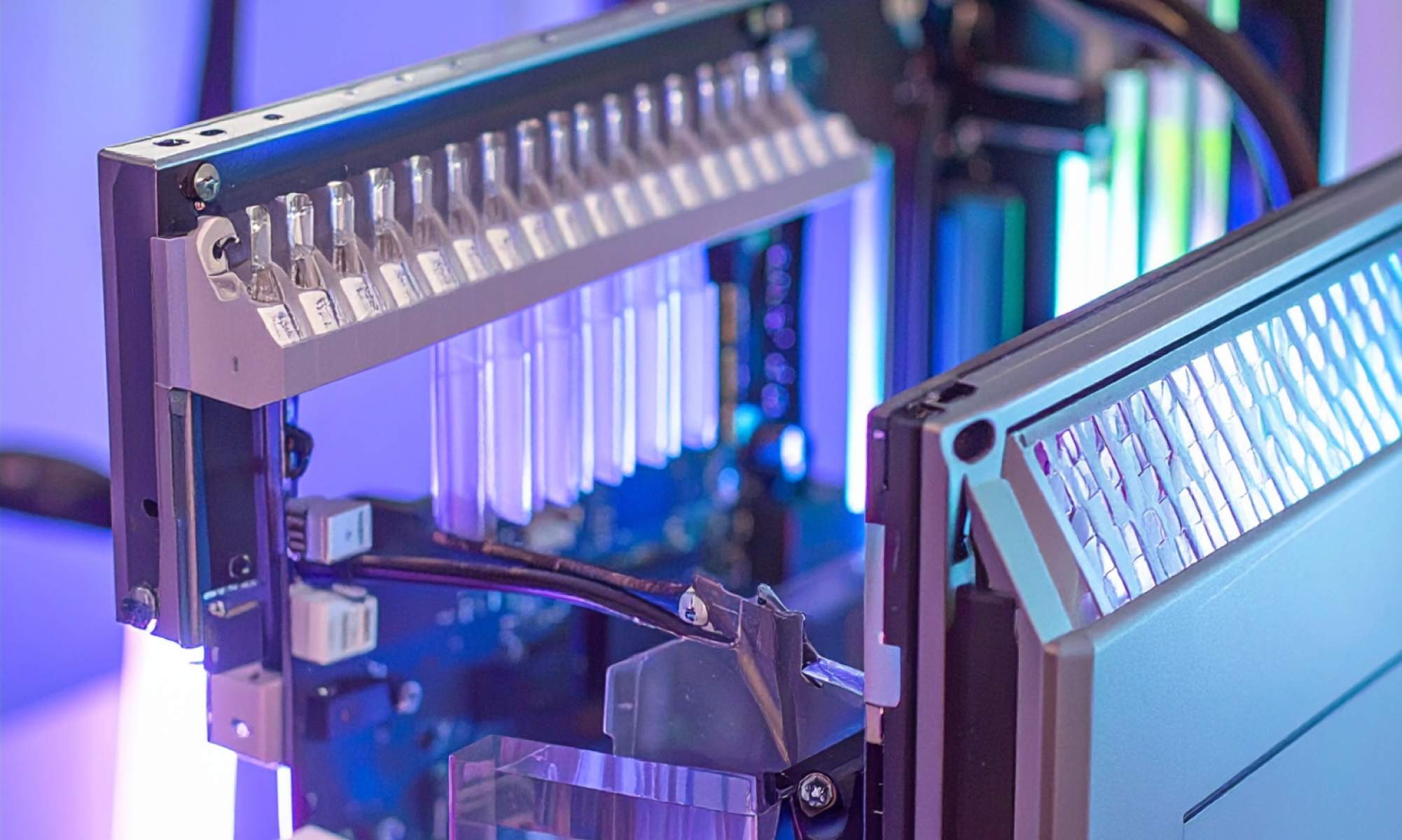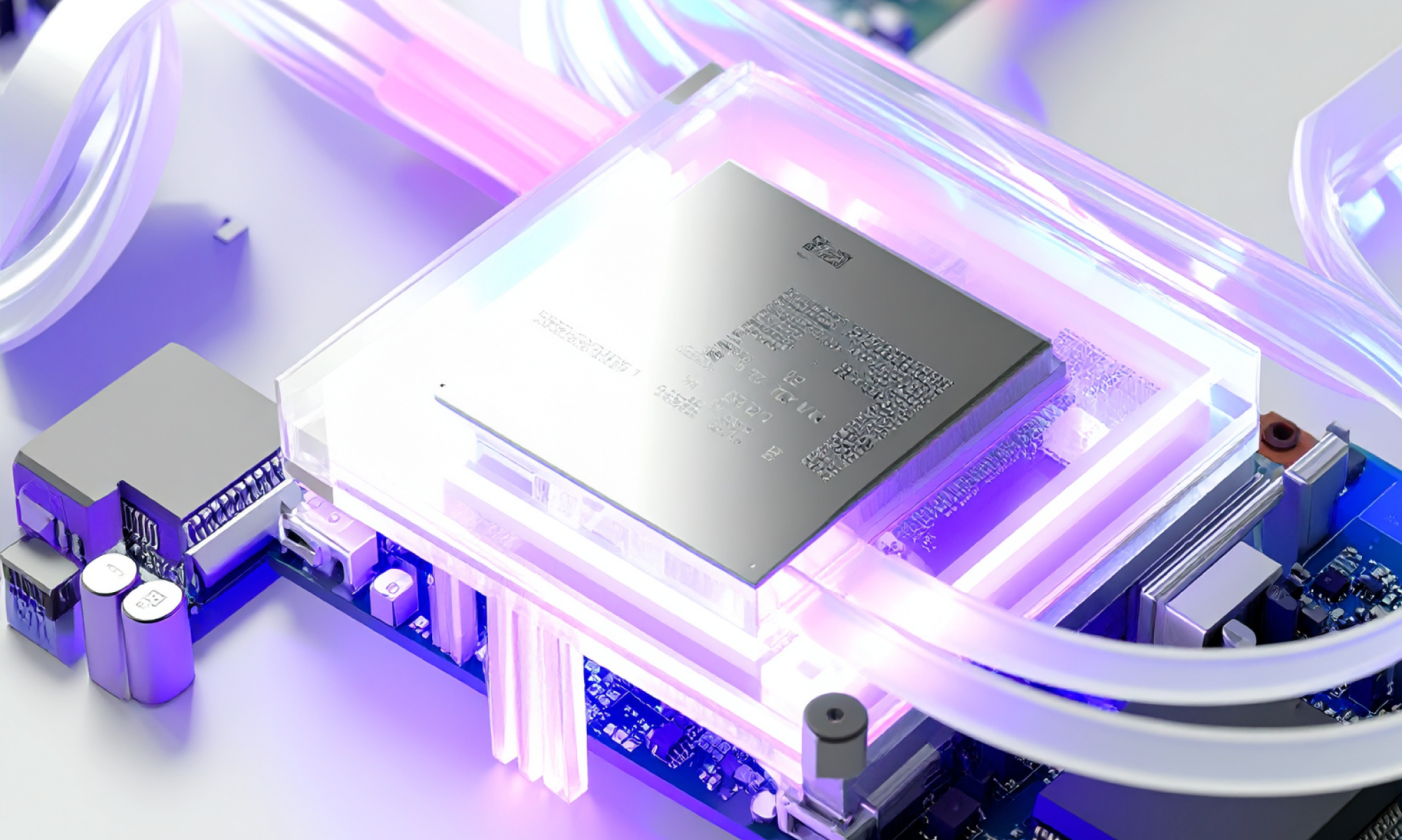AI
our blog
Understanding Design Researchers: Their Role in Product Development

Overview
Design researchers are indispensable in product development, as they gather and analyze user insights that inform design decisions. This ensures products align with consumer needs and preferences. Their collaborative efforts with project teams not only enhance user satisfaction but also significantly contribute to business success. Data shows that companies leveraging customer insights are far more likely to acquire new clients and achieve profitability. This compelling evidence underscores the necessity of integrating design research into the development process.
Introduction
Design researchers serve as the pivotal force in product development, effectively bridging the divide between consumer needs and design innovation. By thoroughly exploring user behaviors and preferences, they offer critical insights that inform the creation of products that are not only functional but also enjoyable.
However, as the demand for user-centric design escalates, organizations face the pressing challenge of ensuring they are leveraging these researchers effectively. How can they avoid costly missteps and enhance overall market success? This question is paramount for leaders seeking to maximize their competitive edge.
Define Design Researchers: Roles and Responsibilities
Design researchers play a vital role in understanding needs, behaviors, and motivations, which are essential for guiding the creation process. Their primary responsibilities include:
- Conducting user interviews
- Surveys
- Usability tests to gather both qualitative and quantitative data.
This information is meticulously analyzed to extract insights that inform development decisions, ensuring that products are user-centric and aligned with market demands.
Collaboration is a fundamental aspect of their role; design researchers work closely with project managers, designers, and engineers to ensure that their research findings align with business objectives. This partnership is crucial throughout the development lifecycle of the product. For instance, a research specialist may lead a study to evaluate interactions with a new application feature, generating actionable insights that significantly influence the final design.
The impact of design researchers on product development is underscored by data indicating that companies leveraging customer insights are:
- 23 times more likely to acquire new clients
- 19 times more likely to achieve profitability.
Additionally, data-driven organizations are 19 times more likely to be profitable, highlighting the financial implications of effective research on business performance. The contributions of design researchers not only enhance user satisfaction but also drive business success, establishing their necessity in creating successful, user-friendly products.
As Steve Jobs famously stated, "You’ve got to start with the customer experience and work backwards for the technology," emphasizing the importance of a user-centered approach in research. Furthermore, with 86% of consumers likely to abandon a brand after just two negative experiences, the critical role of researchers in this domain becomes even more apparent. The projected 16% growth rate for UX designers from 2021 to 2031 further illustrates the increasing demand for research specialists and their importance in the industry. Dr. Ralf Speth's assertion that 'If you believe quality creation is costly, you ought to consider the expense of poor creation' underscores the financial repercussions of neglecting effective research in design.

Explore the Importance of Design Researchers in Product Development
Design researchers play a crucial role in development, connecting consumers and designers. Insights from design researchers are instrumental in helping teams sidestep costly missteps by validating concepts prior to the development phase. By understanding consumer pain points and preferences, design researchers ensure that products are enjoyable to use while also being functional.
For instance, a researcher specializing in aesthetics might uncover that users find a specific navigation element confusing, prompting the development team to modify the interface before launch. This proactive approach enhances customer satisfaction and contributes to the product's overall market success.
A notable example is the creation of a user-friendly mobile app and web platform for Alchemy Wings, which featured a straightforward and easy-to-navigate UI, streamlining the ordering process. The platform also included an admin portal that provided comprehensive sales data, showcasing how creative inquiry can yield innovative solutions that meet client needs.
Furthermore, the integration of a delivery validation system for individual drivers exemplifies how user-centered development can boost operational efficiency. Studio Graphene's commitment to quality and efficiency in product development is underscored by positive client feedback, emphasizing the significance of user insights in achieving substantial cost savings and reducing the need for expensive revisions later.
Additionally, the agency's B Corp Certification reflects their commitment to social and environmental performance, reinforcing how design researchers play a role in achieving broader business objectives and ethical considerations.

Examine Research Methods and Strategies Used by Design Researchers
Design researchers encounter the challenge of collecting valuable insights through a variety of research methods. They employ qualitative techniques—such as interviews and focus groups—and quantitative methods, including surveys and analytics. Usability testing emerges as a crucial element, enabling researchers to observe interactions with prototypes directly. For instance, A/B testing allows for the comparison of two webpage variations, examining engagement metrics to identify which layout yields better performance. Furthermore, advanced technologies like eye-tracking and heat mapping are increasingly adopted to provide deeper insights into individual behavior.
By incorporating a mixed-methods approach, design researchers can triangulate data to ensure a comprehensive understanding of needs and preferences, which is essential for effective product development. As Bill Gates insightfully noted, 'Your most unhappy customers are your greatest source of learning,' highlighting the significance of feedback in the research process. Moreover, over 50% of innovation arises from the perspective of the client, underscoring the importance of comprehending customer requirements. This comprehensive approach aligns seamlessly with Studio Graphene's focus on rapid prototyping and iteration based on user feedback, ensuring that the final product resonates with its target audience.
Trace the Evolution of Design Research: Historical Context and Development
The development of creative inquiry over the last several decades signifies a notable transition from an aesthetic-oriented emphasis to a user-focused model. Initially, creative exploration concentrated on enhancing the development process itself, underscoring visual appeal and functionality. However, with the expansion of the digital environment, the scope of exploration has broadened, now emphasizing a comprehensive understanding of experiences and requirements.
Historical trends indicate that the methodologies employed in research related to creation have undergone significant changes. In the mid-20th century, aesthetics were often viewed as a form of artistic expression, with a diminished focus on interaction with individuals. As the 1970s approached, theorists such as Herbert A. Simon introduced concepts that began to integrate feedback from users into the creation process, laying the groundwork for what would evolve into person-centered creation.
Furthermore, the advent of digital technology and the internet has further transformed research in this field, facilitating the collection of vast quantities of information at unprecedented speeds. This capability empowers researchers to engage in agile development processes, where rapid iteration and participant feedback are not merely advantageous but essential. The contemporary emphasis on client-centered creation reflects a broader recognition by design researchers of the critical role that consumer insights play in driving innovation and ensuring the success of offerings in a competitive market.
Studio Graphene exemplifies this evolution in research, leveraging its interdisciplinary team of strategists, creators, engineers, and product managers to craft human-centered digital solutions tailored for startups, scaleups, and global brands. Their mission to foster a world where new digital ideas transform lives underscores the importance of empathy and cultural awareness in understanding individual needs. By integrating perspectives from psychology, sociology, and technology, design researchers at Studio Graphene address the unique challenges faced by their clients, ensuring that creative practices align with the real-world experiences of individuals. This approach not only enhances the effectiveness of design solutions but also cultivates meaningful connections between products and their users.
Conclusion
Design researchers are indispensable in the realm of product development, acting as a crucial link between consumer needs and design innovation. Their role extends beyond mere data collection; they delve deep into understanding user behaviors, motivations, and pain points, ultimately shaping products that resonate with users and meet market demands. By adopting a user-centered approach, design researchers ensure that products are not only functional but also enjoyable to use, thereby enhancing overall customer satisfaction.
Key insights throughout the article highlight the multifaceted responsibilities of design researchers, ranging from:
- Conducting user interviews
- Usability tests
- Closely collaborating with designers and engineers
The significant impact of their work is evident in the data indicating that organizations leveraging customer insights are far more likely to achieve success and profitability. Furthermore, the historical evolution of design research underscores a shift towards a more user-focused methodology, reflecting the growing importance of consumer feedback in driving innovation.
Investing in design research is not merely a strategic choice; it is a necessity for organizations aiming to thrive in a competitive landscape. As the demand for user-centered design continues to rise, embracing the expertise of design researchers can lead to more effective products and a stronger connection with consumers. Ultimately, prioritizing user insights in the design process not only fosters innovation but also cultivates lasting relationships between brands and their customers, paving the way for sustainable business success.









